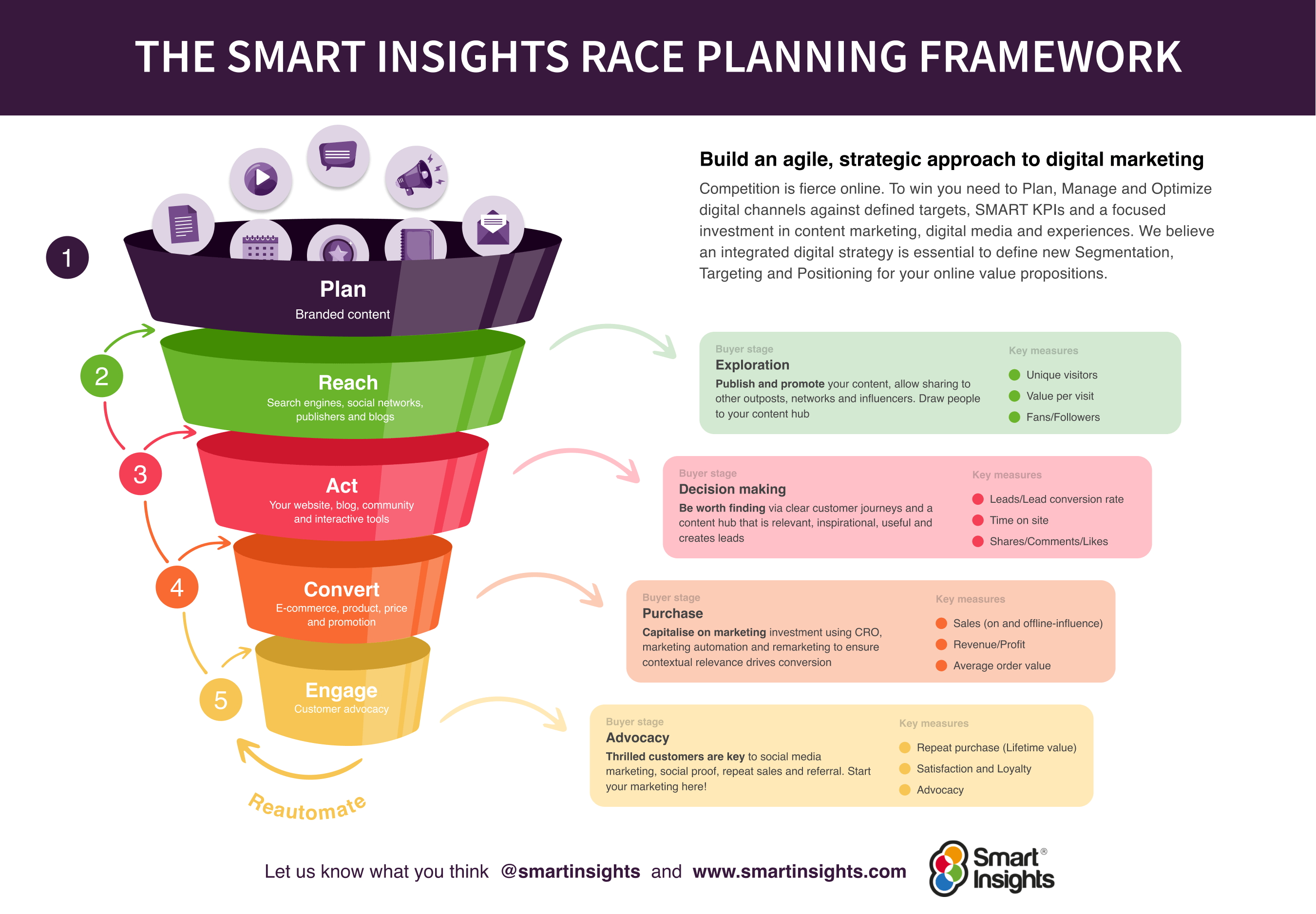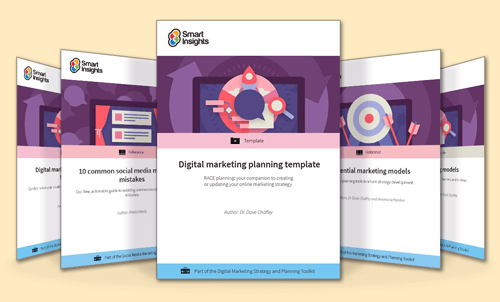We've got marketing tools and training to support you in optimizing your e-commerce marketing strategy
- Digital Transformation within the e-commerce and retail sectors has been accelerated by COVID-19 - many more people are making purchase decisions online, and as a result, competing online is harder than ever.
- You need to be visible to your existing and future potential customers, instill trust in your brand, and once converted, engage them to retain them and promote advocacy.
- This means that it is vital for online retailers to identify and optimize their most successful digital customer journeys.
Creating a digital marketing plan for e-commerce
- Our research has found that 47% of organizations don't have a defined digital marketing strategy, despite the fact they are doing digital marketing. This kind of ad-hoc approach to marketing will mean you aren't delivering the best results or ROI, while also failing to implement checks for compliance.
- It can also mean that your activity isn't integrated, with each channel working in a silo. This can result in mixed messaging, different tones of voice, and a failure to reach your customers at the right time and on the right channel.
- Ultimately, if you're selling online, you need a digital marketing strategy in place, or you will lose customers to competitors who do have one.
- See our 10 reasons why you need a digital marketing strategy for more help with getting buy-in for digital marketing.

- You can find out more about the RACE framework and other useful models and tips for marketing strategy in our free marketing advice blog.
- Or, download our free digital marketing plan template to create a simple marketing plan structure based on our RACE funnel.
Definition of e-commerce
- E-commerce, or electronic commerce, is a marketing definition given specifically to commercial transactions (of goods or services) that take place online.
- This could be an online trader, a bricks-and-mortar business owner with an e-commerce website, or multi-corporations that sell online.
- E-commerce, from the customer's point of view, means they can buy from the comfort (and, this year, safety), of their own home.
- In the era of e-commerce marketing optimization, retailers are rapidly scanning the marketplace to outpace their competitors. That's why we recommend taking a strategic approach to ensure your e-commerce activity is efficient and effective, and safe-guarding your profits.




